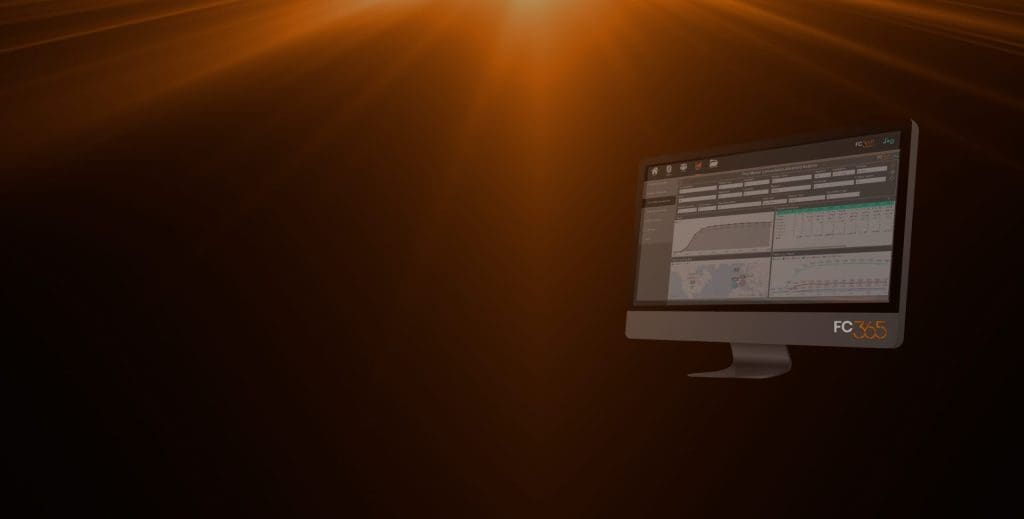When it comes to forecasting sales in the pharmaceutical industry, several time series algorithms are commonly used to analyse historical data and project trends into the future. These can be classified into three main types:
Automated Smoothing.
First is the automated smoothing algorithm. This includes techniques such as growth rates and linear regression. Smoothing algorithms analyse the historical sales pattern, taking into account the peaks, troughs, and fluctuations across different time periods. The objective is to generate a smoothed projection curve that represents a trend without accounting for seasonality or specific variations. This approach is suitable when a smooth and overall trend projection is desired, and seasonality or other factors may be accounted for separately.
Automated Non-smoothing.
The second type of automated model aims to capture and replicate the peaks and troughs observed in historical data, considering factors like seasonality or cyclical patterns. Algorithms like Holt-Winters and ARIMA (Auto Regressive Integrated Moving Average) are commonly used for this purpose. These models have the ability to incorporate seasonality and cyclicality directly into the trend projection. They are beneficial when it is important to include these patterns in the baseline forecast from the beginning, rather than applying them as overlays later on.
Manual / user-defined.
The third option for time series modelling involves a more manual approach to creating the future trend projection. This method is particularly useful when automated smoothing or seasonal algorithms fail to capture the desired pattern accurately. In cases where the market exhibits high volatility, new products are entering the market, or there is a dynamic environment with significant activity, manual trending can provide a more accurate projection. In this approach, forecasters leverage their market knowledge and expertise to overlay their expectations onto the historical data. They make informed judgements about how specific products may increase, plateau or decline over time, considering factors that automated models may not adequately account for. This manual approach allows for customisation and refinement based on expert insights.
Each type of approach has its strengths and applications depending on the specific requirements of the forecasting task and the characteristics of the pharmaceutical market being analysed.
Sales+, our Excel-based, dedicated pharma forecasting software has everything you need to forecast sales with ease, using any methodology. With Sales+ you gain access to unique ‘auto-trend’ functionality. So, at the click of a button the model automatically identifies the most appropriate time series algorithm for each of the products or SKUs in your forecast. This removes the need to manually identify the best fit, saving you time.
Not already a Sales+ user?
Get in touch to find out more about the FC+ suite of Excel addins and arrange a free demo.



